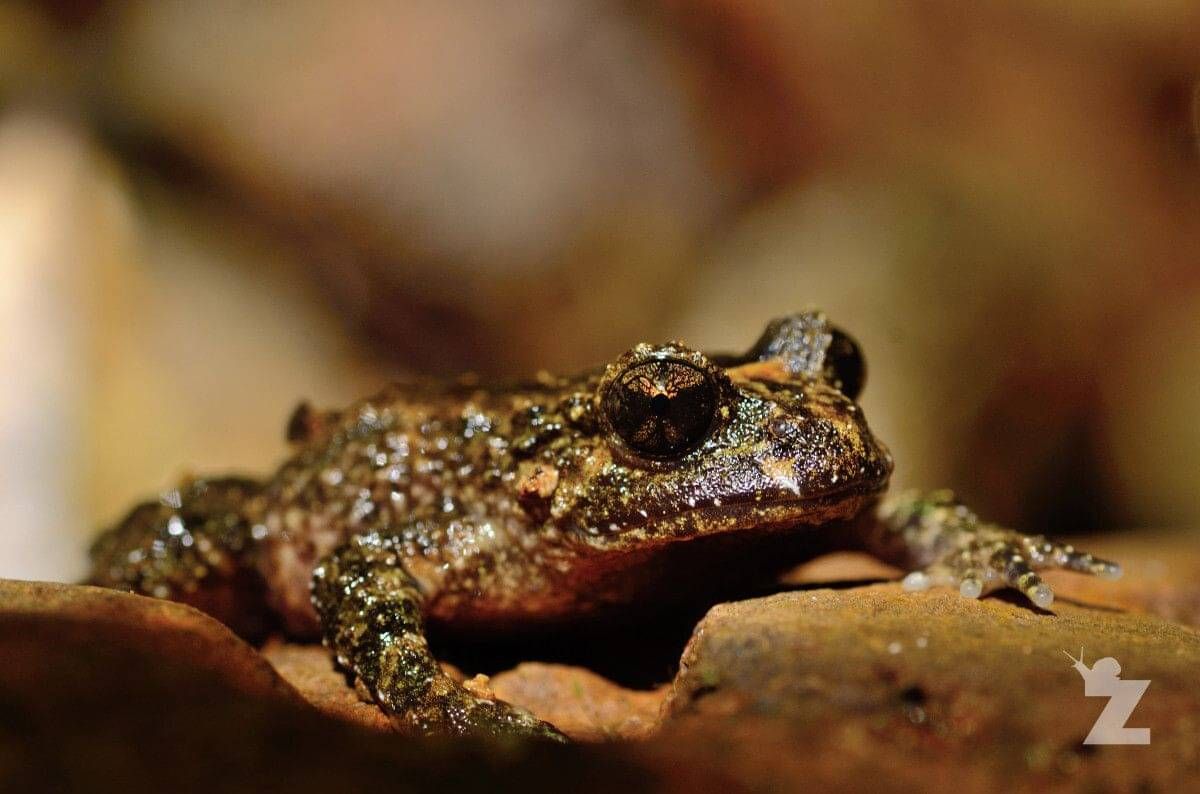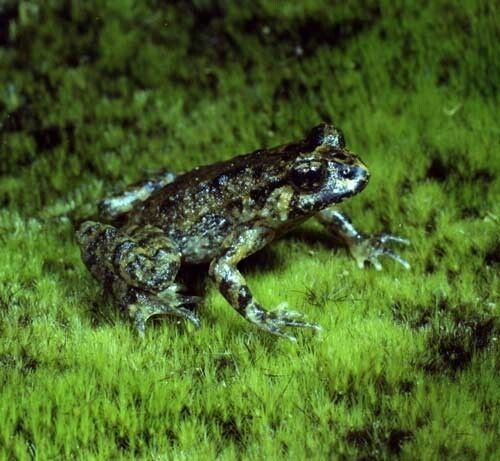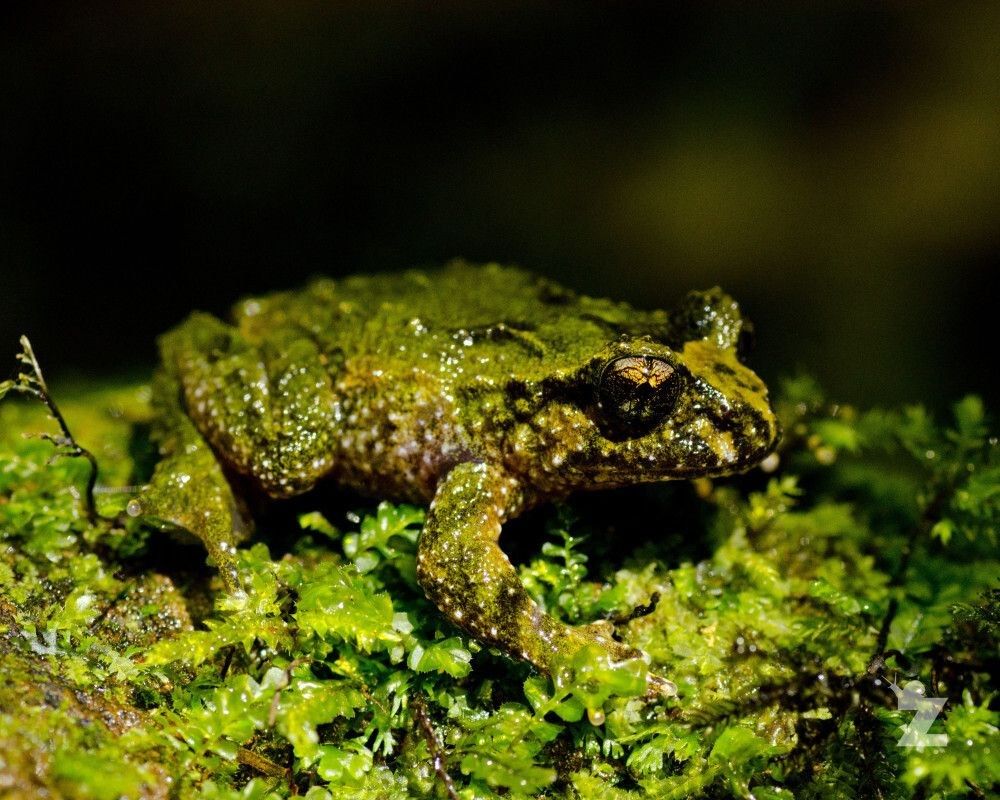OTAWA HOCHSTETTER FROG
Otawa Hochstetter's frog (Leiopelma hochstetteri) is a primitive frog native to New Zealand, one of only four extant species belonging to the taxonomic family Leiopelmatidae. They possess some of the most ancient features of any extant frogs in the world.
- Small (<50 mm long) green-brown frogs with smooth or warty skin.
- Hochestetter’s frogs have only partial webbing between the toes.
- Hochstetter’s frogs are recognised as multiple conservation management units, some of which are very rare (seek advice from DOC).


Have no vocal sac – New Zealand’s native frogs can’t croak. However, they can make small squeaking noises when they are harassed or threatened.
Don’t lay eggs in water – Otawa Hochstetter’s lay eggs in moist spots under rocks or logs, not in water.
Tadpoles stay inside of their eggs – When the baby frogs hatch from the egg they already have a tail and are small froglets that live out of the water.
They can’t extend their tongues – They lack the ability to catch prey by extending their tongue! Instead they catch insects with their mouth. Sometimes they even use their arms.
Their eyes are round – The pupils in most frogs’ eyes are horizontal, but New Zealand’s native frogs are round.
Small, nocturnal and very well camouflaged, these are not the common frogs seen and heard near waterways around New Zealand. Those vocal green frogs are Australian introductions. How do you tell native frogs from the Aussies? Native frogs have no external eardrum and their hearing is poor, so it follows that they are less vocal than your 'average' frog. They may squeak. Their pupils are round, whereas those of the introduced frogs are slit-eyed. Hochstetter’s frogs are listed as vulnerable.
Hochstetter’s Frog is the more aquatic frog (albeit semi-aquatic) of the four living species. It is widely distributed in at least 10 fragmented and isolated populations in the northern half of the North Island. They are nocturnal and shelter by day in wet crevices or under stones or logs close to the water’s edge in shaded streams.
Males of this species exhibit sexual dimorphism in the form of more muscular, robust forelimbs than females.
This is another distinctive trait, as the other three Leiopelma species are not sexually dimorphic, apart from females reaching greater body size.
One of the main threats to this species is the destruction and modification of its habitat, which is still occurring either directly (e.g. afforestation, gold mining, storm water discharge) or indirectly (e.g. feral goats and pigs causing erosion leading to stream siltation). The New Zealand Department of Conservation has
purchased considerable amounts of suitable land to prevent further degradation of some of their habitat, and attempts are being made to better monitor their populations. This frog is listed as Vulnerable by the IUCN.

